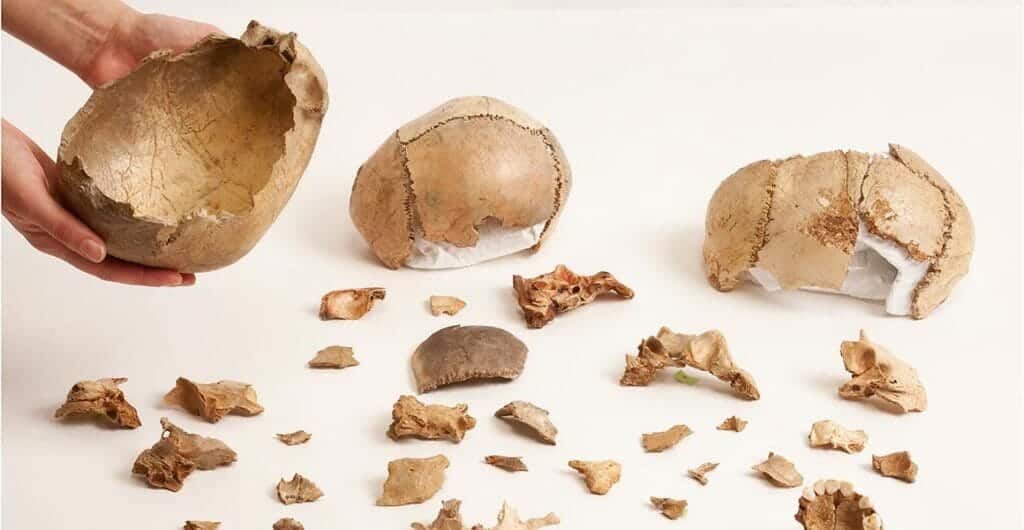You won’t believe the twists and turns of history when it comes to bidding farewell to our dearly departed. Funerary customs have danced through time and geography, taking on various forms. But here’s a jaw-dropper for you it turns out that cannibalism might have been more widespread in ancient Europe than we ever imagined.
A groundbreaking analysis of Paleolithic human remains scattered across Northern Europe has dropped a bombshell – cannibalism, that’s right, people eating people, was apparently just another day at the office for our ancestors, and it happened over a much larger area than anyone had guessed.
Flashback 15,000 years ago, and we’re in the era of the Magdalenian culture. Hold onto your hats, because this latest discovery paints a vivid picture of Magdalenians chewing over the idea of cannibalism as a normal funeral practice. Yes, you heard that right!
Paleoanthropologist Silvia Bello from the Natural History Museum in London breaks it down for us: “Instead of burying their dead, these people were eating them.” Talk about turning tradition on its head. This isn’t just a case of cannibalism; it’s cannibalism with a cultural twist.
Picture it – the Magdalenians, those folks from way back when, have left behind a treasure trove of artifacts. Their art, their tools, it’s all here for us to explore. But when it comes to understanding how they said their final goodbyes, we’ve been in the dark.
Archaeologists had their suspicions, though. Some bones from Gough’s Cave in Cheddar Gorge (yep, the same place where Cheddar Man lived) hinted at a gruesome practice – cannibalism. Now, cannibalism is usually a rare occurrence in human history, but the Magdalenians might have been more into it than we thought.
Bello and her fellow archaeologist, William Marsh, rolled up their sleeves and dug deep into the topic. They combed through a heap of published research, not just about the Magdalenians but also their neighbors, the Epigravettians, living it up in the southeast of Europe during the Upper Paleolithic era.
Hold onto your hats, because here’s where it gets juicy. Out of 59 sites they looked at, 25 showed signs of funerary practices. Ten of these sites had peaceful burials – rest in peace, right? But the real eyebrow-raiser is the other 13. Human bones here had been tampered with – cuts, bite marks, and signs of butchering, all pointing to a less-than-appetizing end. Some bones even got a makeover, turned into tools or even cups and bowls. And get this, made from human skulls! Talk about an unconventional dinnerware choice.
Here’s the kicker – all this evidence of cannibalism was like a Magdalenian signature. It wasn’t just a one-time thing; it happened multiple times over a short period, in a pretty tight-knit region. It looks like this was their version of a funeral ritual.
But there’s more. The scientists took a peek into the genetics of these ancient bones. Turns out, the Epigravettians and the Magdalenians were genetically different. The Epigravettians were the ones with the burial fever, and they stuck around for thousands of years after the Magdalenians had their run. It’s like they hit the takeover button.
So, forget the idea of cultures merging and sharing customs. Nope, it seems the Epigravettians simply edged the Magdalenians out of the picture, swallowing their way of life whole.
As William Marsh puts it, “During the terminal period of the Paleolithic, you actually see a turnover in both genetic ancestry and funerary behavior. The Magdalenian associated ancestry and funerary behavior is replaced by Epigravettian associated ancestry and funerary behavior, indicative of population replacement as Epigravettian groups migrated into north-western Europe.”
The mystery deepens, and there’s more to uncover about this grisly funeral practice. Stay tuned for more, because history keeps serving up surprises you won’t find in any textbook!








